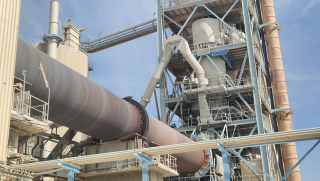The global economic downturn hit the southern US cement markets hard but to varying degrees with new capacity additions compounding the issue. As the region begins to slowly recover, this article looks at the prospects for cement demand in light of economic fundamentals, as well as the outlook for cement utilisation rates and recent constraints on pricing. By Rob Roy, ROI Economic Consulting, USA.
Since World War II, the United States has been segmented in many ways. Geographically, the regions and divisions defined by the US Bureau of Census – Northeast, Midwest, South, West – are most prominent, but most widely discussed politically, culturally, and economically are the somewhat imprecisely defined ‘Sun Belt’ and ‘Rust Belt.’ Generally-speaking, the Rust Belt consists of the states in the Census Bureau’s Northeast and Midwest, and the Sun Belt comprises the South and West. The monikers are somewhat misleading. For example, in Washington, where the author lives, it is certainly not sunny most of the time, while California and Alabama have many ’rusty’ industrial areas. North Dakota is probably the most economically booming state in recent years thanks to oil and gas exploration, and it has virtually no ‘rusty’ industry. In popular culture and media, the Sun Belt is where everyone wants to move to and live while the Rust Belt is being gutted demographically and economically.
